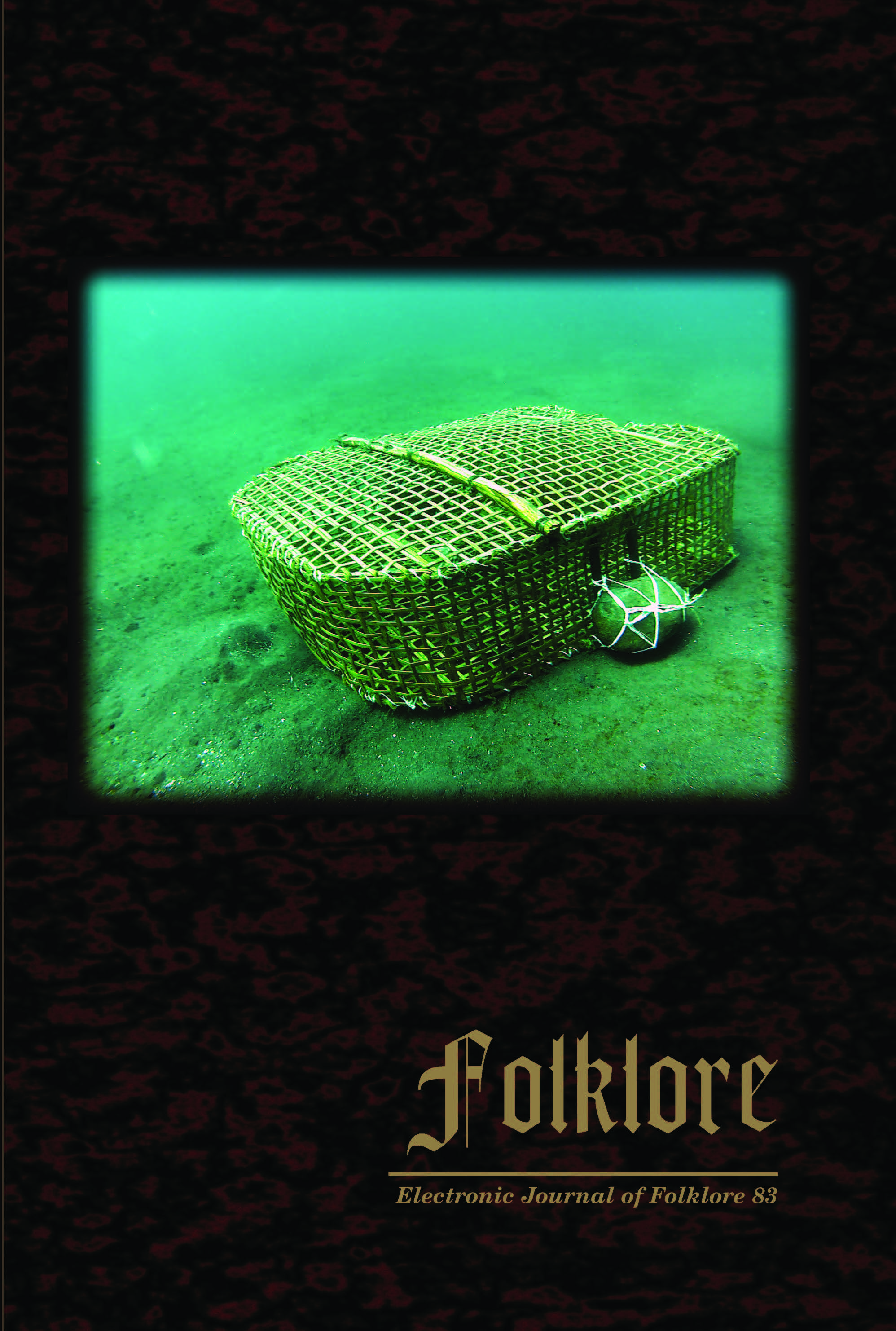Routes to Forming an Affiliative Postmemory about Difficult Pages in History (Based on the Example of the Era of Political Repression)
Routes to Forming an Affiliative Postmemory about Difficult Pages in History (Based on the Example of the Era of Political Repression)
Author(s): Yulia V. ZevakoSubject(s): Customs / Folklore, Cultural Anthropology / Ethnology, Culture and social structure , Victimology, Politics of History/Memory
Published by: Eesti Kirjandusmuuseum
Keywords: affiliative postmemory; archived investigation casefile; era of political repression; executioner; immersive drama performance; memory practice; postmemory; students; the Great Terror; victim;
Summary/Abstract: This article discusses the mechanism behind the formation in adolescents (representatives of the 4th generation) of an affiliative postmemory about one of the most controversial and complex subjects in Russian history – the era of political repression from the 1930s to the1950s. The first part of the article is devoted to questions of methodology and necessity, and to the possibilities of using an authentic space and an authentic artifact as mediators between past and present in memory practices. The basic ideas are the concepts of “postmemory” by Marianne Hirsch, “grief” by Alexander Etkind, and “affective management of history” by Sergey Oushakin. Additionally, there are the ideas of Varvara Sklez, Veronica Dorman, Olga Strelova, and Alexander Kotlomanov in relations to that very authentic space and/or artifact which helps to provoke and form the memory of complex pages of history, not from within, but from without, enabling the creation of a kind of “sensory laboratory” for the period. Thanks to this “feeling”, dry information is experienced and appropriated by a person through the strong emotions provoked, and the level of individual affiliative memory of the era of political repression is built up. The second part of the article describes two experiments which allowed me to analyse the effects of an authentic space (an immersive drama performance) and an authentic artifact (an archived investigation casefile) on adolescents.
Journal: Folklore: Electronic Journal of Folklore
- Issue Year: 2021
- Issue No: 83
- Page Range: 179-206
- Page Count: 28
- Language: English

